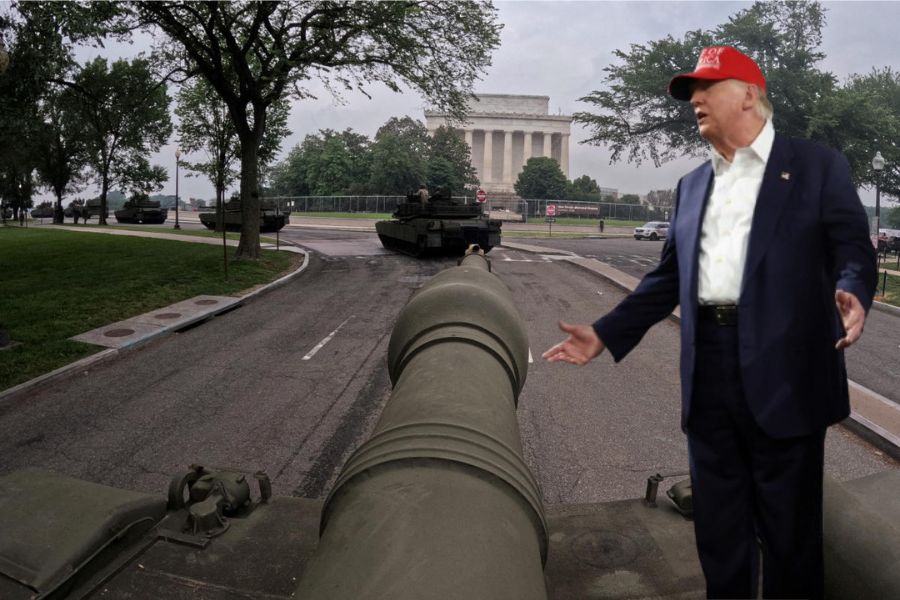
Cuttack/ Bhubaneswar, Oct. 18: Fire safety measures in different hospitals in Bhubaneswar and Cuttack have come under scanner as the authorities seem to have failed to devise a comprehensive disaster management plan.
Many private hospitals and nursing homes lack adequate firefighting equipment and the authorities are not fully-trained to handle major fire tragedies in Cuttack.
"What is more disturbing is the fact that the private hospitals so far have not followed the prescribed fire safety norms and such institutions are either located or functioning from congested and narrow lanes, making it difficult for a fire tender to enter," said a fire brigade official.
Many private hospitals lack basic infrastructure such as multiple exit routes, adequate provisions for ventilation and advanced firefighting systems, including alarms.
An official source said fire safety clearance is a must for hospital buildings of nine metres or having three or more floors, having 30 or more beds and one or more critical or intensive care units (ICU).
At present, there are 202 registered private hospitals and nursing homes in Cuttack, while periodic fire training programmes for doctors as well as other paramedical staff at such institutions have now become essential for effective handling of emergency situations.
The chief district medical officer, Prafulla Behera, told The Telegraph that no objection certificate from fire services has been made mandatory for each private hospital and nursing homes.
"We have not renewed the licence of nearly 157 hospitals as they lacked the necessary no objection certificates from the fire services department as well as for not fulfilling other requirements under the Clinical Establishments Act this year," said Behera.
There have already been three major fire mishaps in Cuttack - SCB Medical College and Hospital, Sishu Bhavan and Acharya Harihar Regional Cancer Centre (AHRCC) - in the last 12 months.
One patient allegedly died while he was being shifted after a fire mishap at the new annexe building of AHRCC on October 16, 2015.
Over 80 patients and staff members had to be evacuated from the new building following the fire caused due to short circuit in a store room.
On November 29, 2015, a 21-day-old infant had sustained minor burn injuries after a fire broke out in the newborn block at Sishu Bhavan due to a short circuit in one of the warmers.
Property and equipment worth lakhs of rupees were gutted in the major fire mishap, while 21 other infants had a close shave in the incident.
On May 31, 2016, there was another major fire reported at the cardiovascular department of SCB Medical College and Hospital in which over 120 patients had to be evacuated.
Following the fire mishap at SCB, the high court had directed the state government to set up a permanent fire station inside SCB Hospital on June 2.
Though a temporary fire station has been made functional from July, the work for the construction of the permanent station is yet to materialise as nearly 7,500sqft of land is required for the purpose.
Besides, the process of installation of advanced fire equipment including alarms is yet to be installed at both SCB and AHRCC. The administrative officer of SCB and AHRCC, Pratap Mishra, said: "Already the temporary fire station has been set up to minimise the response time in case of emergency situations at both the hospitals."
Sishu Bhavan authorities informed that the fire services department had imparted training to doctors and other staff members and already bulk of the building inside the complex have advance fire equipment, including hydrants and fire extinguishers.
The scene in Bhubaneswar is no better. Following the fire incident at Sum hospital, The Telegraph did a reality check at some major public and private hospitals in the city to ascertain whether they are adequately equipped to fight such tragedies and comply with the fire safety guidelines. The findings, however, were alarming, especially at some government hospitals.
Considered the biggest public health institution in Bhubaneswar with a bed strength of nearly 700, the Capital Hospital here disappoints many when it comes to fire safety measures. The hospital has only 20 fire extinguishers with no water sprinklers or additional underground water tank.
Hospital insiders said that the staff members had not even undergone any training or mock drills for fire fighting. According to the National Building Code of India guidelines, the hospital should conduct periodical check of the electrical fittings, but the reality in the hospital is entirely different with open wiring visible everywhere.
"We have 20 fire extinguishers. We need some more and we have written to the government about it. We are awaiting their response. We also keep sending reminders to the authorities to check the fire safety measures in the hospital," said hospital director B.B. Pattnaik.
AMRI Hospital, however, is well equipped to handle such accidents, thanks to the Calcutta incident of 2011. This health care facility has as many as 3,220 fire sprinklers, 303 fire extinguishers with AC and smoke ducts and separate evacuation system with fireproof lifts.
The security advisor of AMRI Hospital, Akshay Kumar Das, said: "They had prepared a standard operating procedure for tackling such mishaps. We have formed a separate fire fighting team and conduct mock drills with all the staff members and other officials of the hospital every other week. This is a fireproof hospital."
Another government health care facility, the Municipal Hospital in Old Town, lacks firefighting mechanism. The hospital, which can accommodate 50 patients, does not have a single fire extinguisher. The administrators said that due to shortage of fund these measures have not been put in place. Sources said that they have requested the government to look after the issue.
Apollo is a fine example of a corporate hospital in the state, which is also well equipped to fight any such incidents. Hospital superintendent Brigraj Mishra said that they have enough fire extinguishers, water sprinklers, smoke detectors and an external water tank in place. "We comply with the guidelines of the state government and conduct mock drills and training of our officials. We are equipped to handle any such situation," said Mishra.
The Bhubaneswar unit of All India Institute of Medical Sciences (AIIMS) is a peripheral hospital with a 400 bed capacity. The hospital is equipped with about 200 fire extinguishers, 500 water sprinklers and a smoke detecting alarm system. A senior hospital administrator said they check on electrical fittings every alternative fortnight and conduct mock drills with the staff every alternative week.










